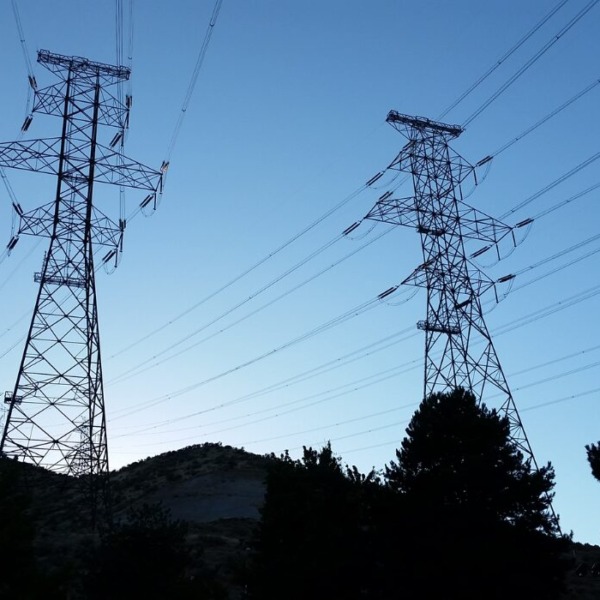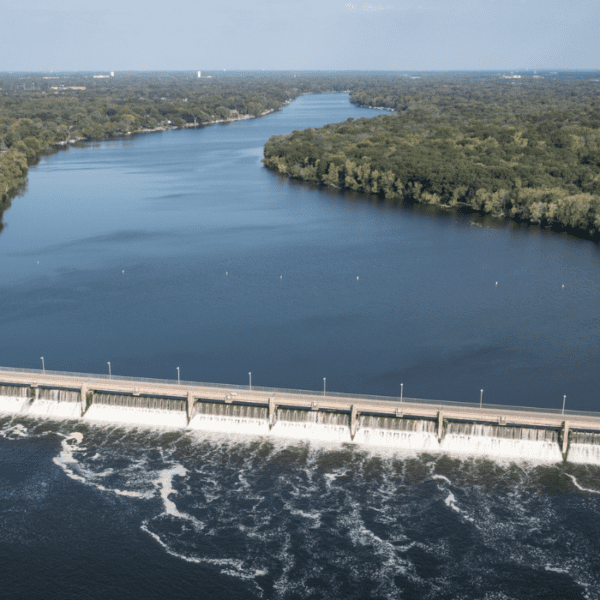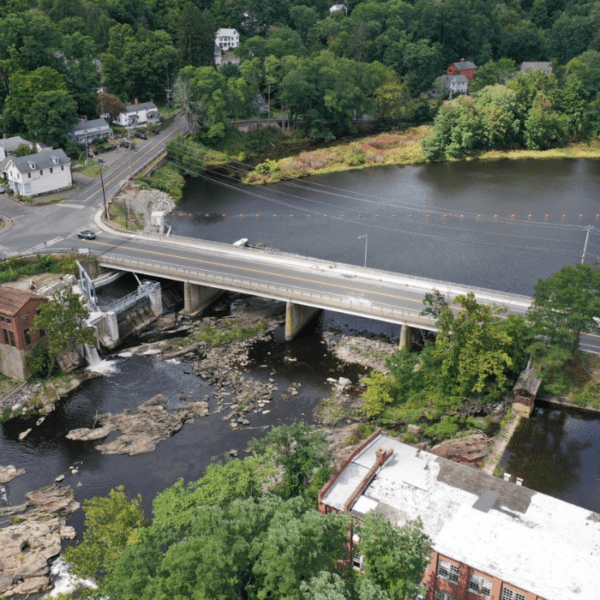U.S. Department of Energy Secretary Jennifer Granholm’s choice for director of the loan program office could not have come at a better time.
As the administration pushes an ambitious clean energy agenda, including decarbonization of the electric sector by 2035, the United States will need a significant amount of new storage and flexibility like hydropower and pumped storage. And that requires money.
Granholm selected Jigar Shah, a clean energy developer, to head the Loan Program Office (LPO), the financing arm of DOE.

Not wasting any time, Shah has already made several changes to the Title 17 program in the hopes of financing new hydropower projects. These include:
- waiving upfront costs
- redefining the prospect for repayment
- updated guidance on credit subsidies
Below are a series of questions and answers about the program as it relates to hydropower and pumped storage.
What is the Title 17 program?
The Title 17 program is a $24 billion loan program aimed at innovative energy technologies including renewables like hydropower ($4.5 billion), advanced nuclear ($10.9 billion) and advanced fossil energy ($8.5 billion).
The 3-minute video at the end of this article provides an overview of LPO.
Who is eligible for a Title 17 loan?
Eligible projects include new hydropower development, repowering/upgrading existing hydropower, powering non-powered dams, locks and canals, and marine and hydrokinetic.
What is “innovative technology”?
The concept of innovation is a low bar. Projects considered innovative could include those that use advanced control systems, advanced approaches to run-of-river hydro, and repowering projects at existing sites. If there is some innovative feature to the project that yields some improvement or efficiency, then it satisfies this requirement.
For pumped storage, innovation could equate to a closed-loop design (which doesn’t exist in the U.S.) or a facility that has a ternary unit (consisting of a separate turbine and pump on a single shaft with an electric machine that can operate as either a generator or a motor.
Projects must use innovative technologies that have been deployed fewer than three times in the U.S. and must have a reasonable prospect of repayment.
What does “reasonable prospect of repayment” mean?
One recent change DOE LPO made is to the standard for “reasonable prospect of repayment.” DOE is moving away from a strict reliance on offtake agreements to meet this requirement. Instead, LPO can use financial models (in lieu of offtake agreements) to determine a project’s ability to repay.
In other words, projects receive a loan who have not secured offtake agreements that reflect the facility’s lifespan.
What is a credit subsidy and how much would it be for hydropower and pumped storage projects?
Every loan issued by LPO (regardless of credit worthiness) gets essentially the same loan terms (usually 3/8 of a point plus the US Treasury’s rate).
The way that the government’s Office of Management and Budget (OMB) normalizes across the spectrum of credit is through a “credit subsidy,” which is a determination of default risk. The credit subsidy is then added to the loan terms and included in a loan/loss reserve. That subsidy is then added to the loan rate.
How long does it take to get through the application process?
Part 1, the pre-application process, takes 6-8 weeks.
Part 2, which is more detailed, can take around 4 months.
And then there is the credit approval process. Some applicants have gotten through in 6 months and others can take 7-8 months.
The LPO accepts loans on a rolling basis, which means applications can be submitted for Part 1 at any time.
What is the cost of the loan and when will those costs be assessed?
One recent change made by the LPO is no upfront application fees. Instead, these fees will be assessed at financial close instead of non-refundable fees being required earlier in the process.
Below is the breakdown of fees required at close:
- Application Fee –The fee is $150,000 for projects that request a loan amount that does not exceed $150 million and $400,000 for projects that exceed $150 million.
- Facility Fee – This fee covers the underwriting process following the Part 1 and Part 2 application and is calculated as a percentage of the requested loan amount.
- Third Party Consultants Fee – This reimburses LPO for the out-of-pocket costs of third-party consultants engaged by DOE during the due diligence phase, including outside legal consultants, independent engineers, market analysts and financial analysts.
Can the cost of licensing be rolled into the loan?
In general, licensing (or relicensing) and permitting costs would most likely be “directly related to the design, engineering, financing, construction, startup, commissioning and shakedown of an Eligible Project” and thus able to be rolled into the loan.
Regulatory licenses would be ineligible only if considered research, development, and demonstration costs.
What about smaller projects accessing loans?
In general, the Loan Program Office must charge applicants the cost of processing (fees can total $1.5 million in costs).
As such, it probably makes more sense for a developer of several small projects to receive one loan (and one loan fee) to spread the costs.
A single loan application for a very small hydro project may not make sense.
When does the NEPA analysis get done and what does that process look like?
LPO has an environmental compliance division, which conducts the environmental assessment required by the National Environmental Policy Act (NEPA). For larger projects, the impact review is more substantial than for smaller projects. This is separate from the Federal Energy Regulatory Commission (FERC) NEPA process.
For early-stage projects, it makes sense to come in early so that LPO can join itself to the FERC NEPA process and potentially have one NEPA process.
What about a project that has multiple lenders and financers? Can LPO still get involved?
In general, LPO can work with other lending institutions. There are other benefits that LPO can bring to the table beyond lending including help with NEPA and the DOI process (if applicable).
Helpful Reference
DOE offers a series of videos to help understand the Loan Program Office.











